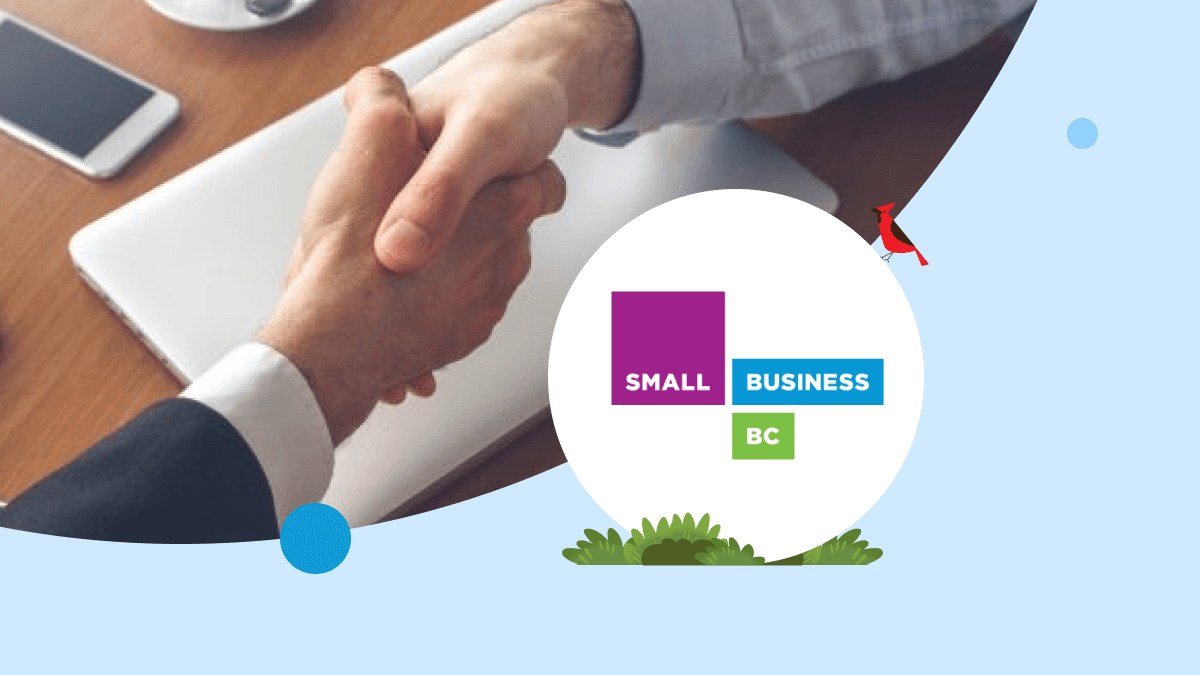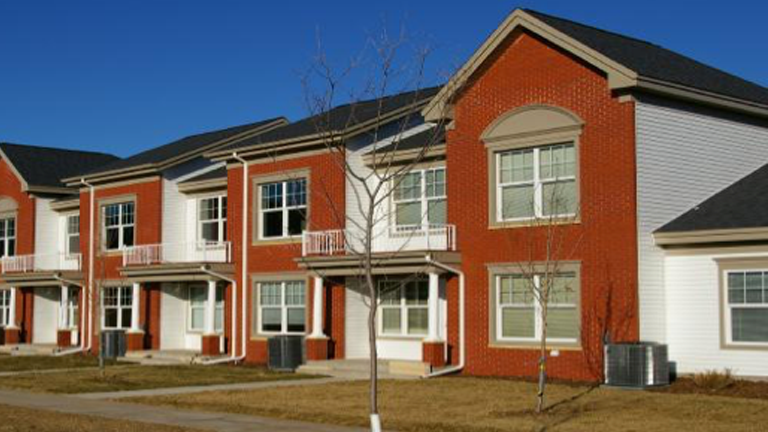Washington DC Office of Unified Communications
The District’s Office of Unified Communications is a Trailblazer
Wyoming Office of State Lands and Investments Is a Trailblazer
Mention “Washington, D.C.,” and chances are the federal government is the first thing that comes to mind. But the District is also home to a local government entity responsible for providing atypical city services to a rather atypical community. The District's Office of Unified Communications (OUC) manages both 911 and 311 services, hosts one of the country’s few 24/7 311 call centers, covers Department of Motor Vehicles services since there is no state-level entity, and so on for a dynamic population.
“We only have about 700,000 residents in the District,” said Wanda Gattison, Public Information Officer for the OUC. “However, we handle over 1.8 million calls per year. That's because our population swells to over 2 million people during the day with all the commuters coming in for work. And that swell is intensified during peak tourism events, like the 4th of July, the Cherry Blossom Festival, or presidential inaugurations. It all results in a high demand of city services.”
A closer look at what makes the OUC's constituency especially unique.
In 2006, the District of Columbia government began consolidating many stand-alone agency call centers under the OUC. Agencies like the Department of Transportation, the Department of Public Works, and the Department of Motor Vehicles each had individual call centers, with individual cost structures and individual user experiences. As the OUC transitioned to become the single point of entry for a wider variety of basic city services, the team began to look for “self-service tools, automation, and comprehensive reporting capabilities to drive performance since we were becoming the public face of local government,” said Erick Hines, 311 Operations Manager for the OUC.
The OUC rationalizes these trends by moving to the cloud.
The OUC’s city services Twitter account, @311DCgov, has attracted over 10,000 followers, with certain groups growing so vocal that managing the Twitter handle became a full-time job. “We’re seeing a lot more millennials moving into the District.” said Hines. “With this population of 311 users, we’re seeing that they prefer using Twitter or the mobile app.”
“If you want to be on social media and tweet us a service request, we're happy to do that. If you want to text to us, we're going to accommodate you there. If you want to chat online, we're ready and waiting. However, we also understand that no matter the channel, under certain circumstances, people still want to talk to people,” said Gattison. “We saw technology as an opportunity to really enable these new channels, and make it easier to put a person at the other end of each and every inquiry — by phone or otherwise.”
The District’s 311 services were re-platformed into services on the cloud, turning a server-based call center into a complete contact center. A robust set of modern communication channels increases visibility, reduces costs, and mitigates risk.
- OUC deployed Salesforce Service Cloud as the cornerstone of its new contact center. It leverages classic CRM capabilities to collect and manage information in a profile-like setting that creates a 360-degree view of a given inquiry or case. This degree of visibility makes it easier for the 311 team to check on the status of a specific set of details, or report on performance as a whole, anytime, across any of the agencies it supports. It also helps the team address service needs and justify resource requests based on data-driven insights. For example, “When we identified that broken parking meters were our highest call driver, we made an informed business decision to move to interactive voice response to automate those calls.” said Gattison.
- Live Agent Chat gives agents tools to answer questions over the web, giving them more ways to progress cases. Automated email notifications can be customized and scheduled. “This is a major thing,” said Hines. “We can schedule them based on stepped SLAs [service level agreements]. An email notification is sent out to the resident every time an activity is completed. It's very useful because we have some service requests where the SLA may be 365 days — things that are budgetary like trees, streets, sidewalks — and now the customer will always know the status of their service request.”
- The agile, open nature of the cloud integrates mobile app inquiries, inquiries submitted over social channels, website submissions, and more. It also makes it easier to bring new agencies and their respective interfaces into the environment. “Change is inevitable,” said Gattison, “and we needed a system that embodied this.”
- The update process was transformed completely. “The old server-based CRM had to be updated weekly or monthly. Anytime those updates occurred, we were without a CRM for anywhere from 30 minutes to two hours. So, typically we would do these updates at night when the call volume was low, which meant once it came back up, any issues would linger into the next business day. Now, everything is seamless. Plus, we're no longer paying for that server space,” said Hines.
“Our mission is to provide a fast, professional, and cost-effective response to emergency and nonemergency calls in the District,” said Gattison. “Our personnel are walking encyclopedias for all things ‘D.C.,’ and our contact center CRM makes it easier for our team to apply their expertise.”
The results: Response times improved dramatically.
The impacts: Extraordinary opportunities can come from basic city services.
The user-friendly platform opened up bigger, more impactful opportunities. L.E.A.P. (Learn, Earn, Advance, Prosper) is a workforce development program that places District residents in on-the-job training experiences around the city. Following professional development and job skills training, OUC has welcomed over 60 L.E.A.P. participants, and 42 are now full-time OUC employees. “OUC has been synonymous with the L.E.A.P. success story,” said Gattison.
“The Salesforce CRM is very easy to navigate, so new employees feel comfortable utilizing the system to perform their duties — it’s very intuitive. For them to be able to walk in after a week of class, and utilize the system to navigate questions, research service requests, and follow up with residents, it means a lot. It's made a huge impact on our community, supporting Mayor Bowser’s platform for ‘Creating Pathways to the Middle Class’ for District residents.”
L.E.A.P. has had a huge impact on OUC as well. “Prior to the L.E.A.P. program, our call wait time was roughly seven minutes. We are now at .31 seconds,” said Hines. “Some participants now work with the 311 social media team, and others continue to be on phone duty in the call center. It’s extremely gratifying to see everyone’s professional growth, and to know that we are accomplishing so much every day.”







